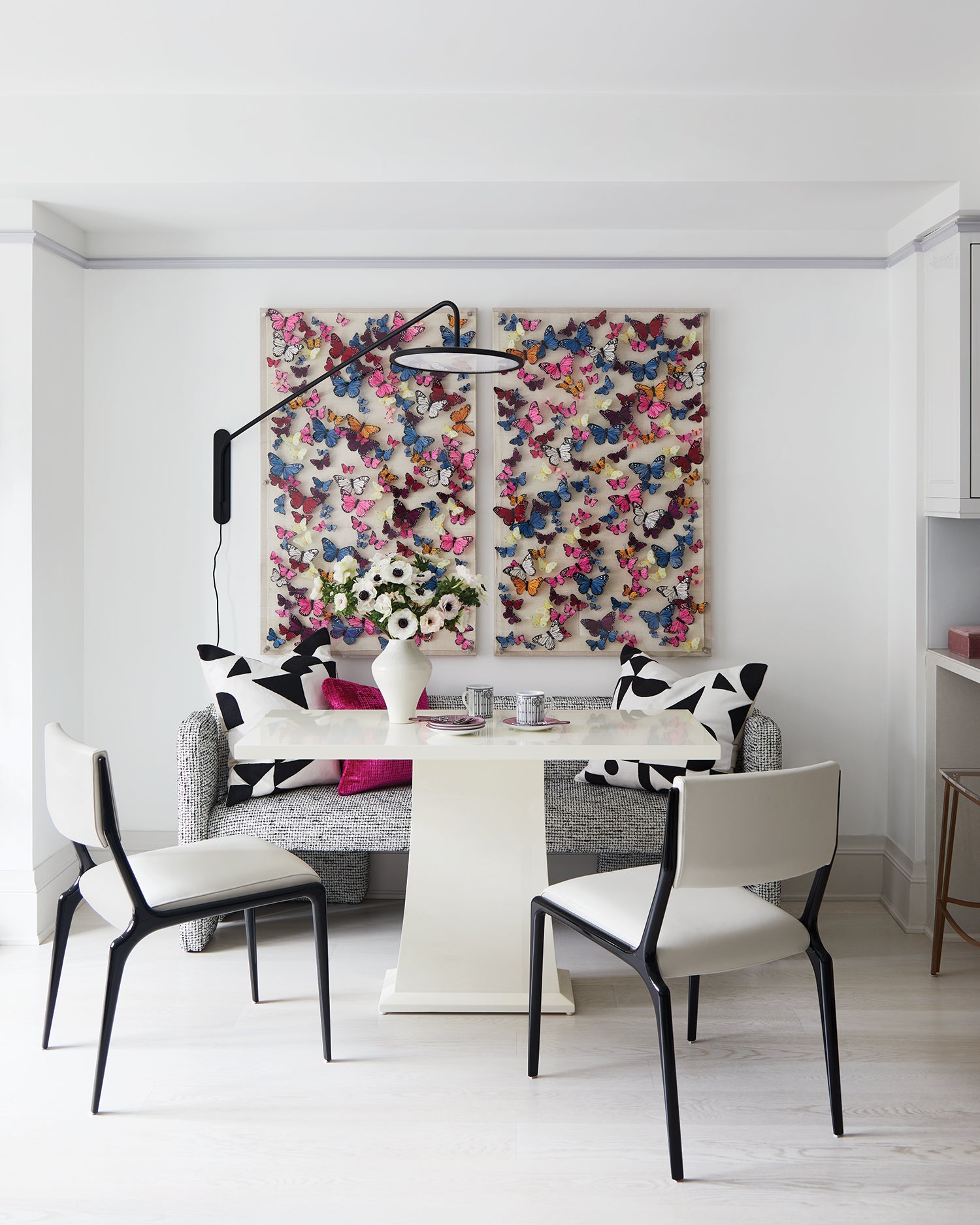A stroke of genius, the accumulation of a lifetime of hard-earned knowledge, or both—how can you truly define design time, and how do you charge for creativity?
A couple of years ago, Nashville-based designer Lori Paranjape was puzzling over a math problem. When she would meet with new clients to dream up their future living room, a fairly complete design scheme would begin to form in her head almost instantaneously—let’s say 10 seconds. But how to charge for that creative flash?
Going by Paranjape’s hourly rate of $300, those few seconds would amount to 83 cents—clearly too little. It had taken her 15 years of effort, lessons, sample books, epiphanies, broken sofa legs and returned pillows to be able to come up with a complete design scheme in 10 seconds. But 15 years at $300 an hour is $39.4 million, a bold number to put on an invoice.

BOH subscribers and BOH Insiders.










































